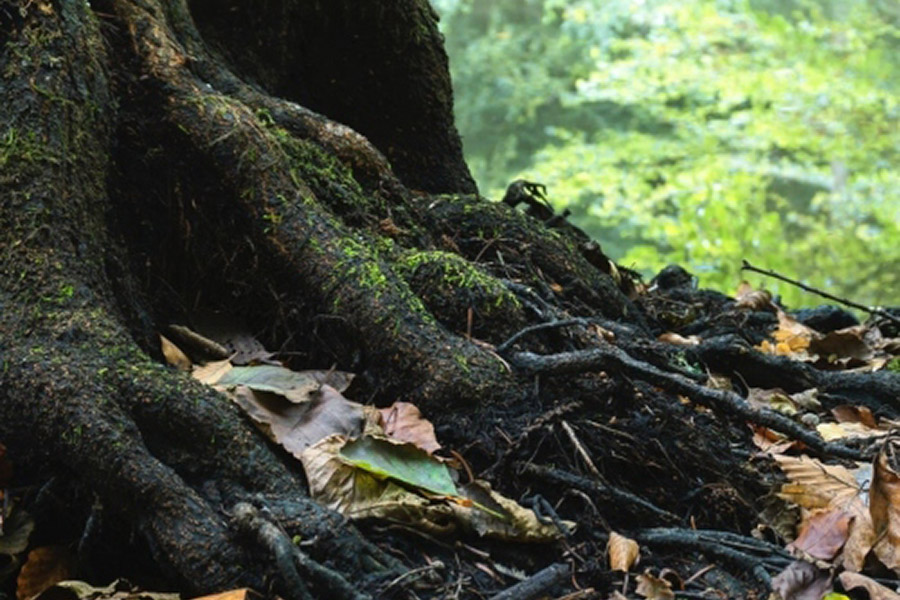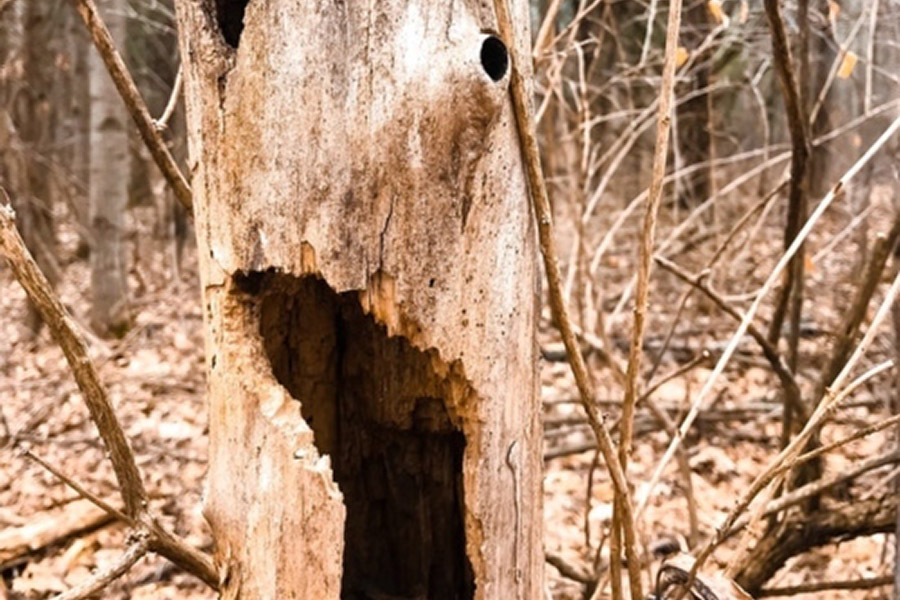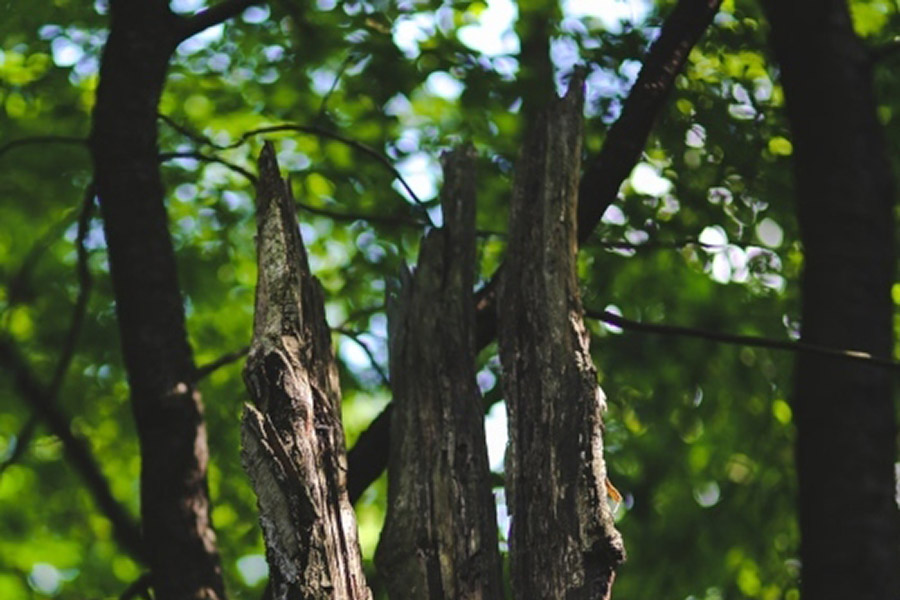Four Factors That Predispose Trees to Wind Damage
.jpg)
For all of the amazing benefits trees provide , strong winds can make them incredibly dangerous. Gusts and gales can send branches flying through the air, while particularly strong winds can uproot trees or snap trunks like twigs.
You can’t do much to stop the wind (in fact, trees are often used to block the wind, among other things), so the only way to reduce the chances that your trees will suffer damage (or fail completely) is to have them inspected by an ISA-certified arborist. Certified arborists are trained to recognize the subtle signs that indicate that a tree is susceptible to wind damage. The arborist can ascertain the likelihood for failure and recommend a course of action to reduce your risk.
However, homeowners and property managers must do their part as well. By observing your trees and watching out for the following four problems, you can identify problematic trees and solicit the assistance you need.
Poor Rooting Space
Unfortunately, too many trees are planted in inadequate spaces – this is particularly true of those planted in urban and suburban areas. These tight spaces prevent the root systems of trees from developing properly, which creates a litany of health problems for the trees and predisposes them to wind throw. Trees anchor themselves by producing spreading root systems; when unable to accomplish this, they can be blown over by relatively mild winds.
To help protect new trees from wind damage, plant them in places with a footprint equal to their (mature) canopy spread. Additionally, make sure that the soil is at least 3 feet deep and the soil is protected from compaction.
Disease, Decay or Prior Damage
While healthy wood is often strong enough to withstand the wind, wood compromised by disease or decay is highly susceptible to wind damage. In some cases, trees may even drop damaged limbs on sunny, wind-free days – presenting a constant threat.
If your tree shows signs of disease or decay, including large hollows, crown dieback or mushrooms growing on or near the tree, have an ISA-certified arborist inspect your trees without delay. While some such trees will require removal, others may be salvageable with the proper pruning and treatment. While there can be considerable heartache surrounding the removal of a treasured tree, damaged or decayed trees demand prompt attention.
Improper Structure
Trees that display structural problems are at high risk of failure during high winds. For example, trees that have large co-dominant stems often split during intense storms and hurricanes. Lions tailed trees – those whose inner branches have been inappropriately removed – are especially vulnerable to damage in high winds.
Fortunately, most improper pruning can be improved, if not entirely corrected, with the help of a skilled tree professional. Nevertheless, it is always preferable to avoid such problems in the first place.
Girdling Roots
Sometimes, roots grow around the base of a tree; this is particularly true of trees planted too deeply. These roots can choke off the flow of nutrients traveling up the tree, leading to a decline in health and vigor. Over time, such roots cause damage to the bark, phloem and cambium, making the tree weak at this location.
Eventually, the damage becomes significant enough to compromise the structural integrity of the tree. Most of the tree’s weight is on one side of the weak spot, while the tree’s anchor point – the roots – are on the opposite side. The problem comes to an unfortuantely rapid resolution when a strong wind blows across the tree’s canopy and causes the trunk to snap in half, usually near the ground.
These are not the only factors that predispose trees to wind damage, but they are some of the most common. In all cases, you will need to solicit the help of a skilled tree service company to ensure the safety of your family. Fortunately, professional tree care is only a quick call or email away for Bay Area residents. Whether you live in Marin, San Francisco, San Mateo or Alameda county, contact Arborist Now and let one of our ISA-certified arborists inspect your trees and help rectify any problems that exist.








